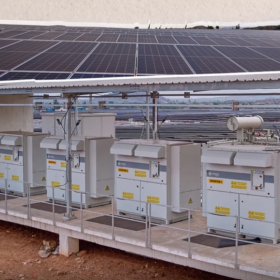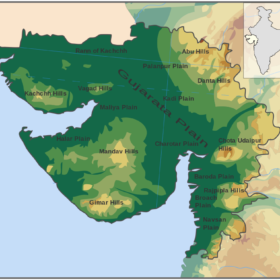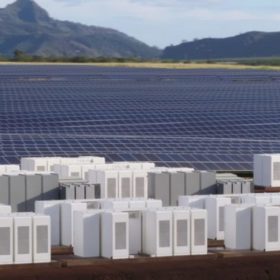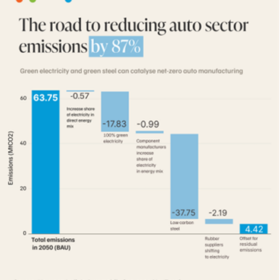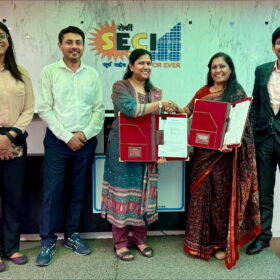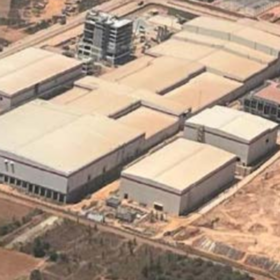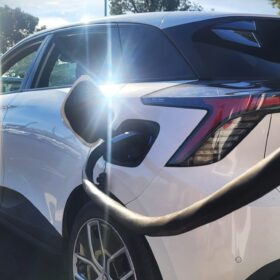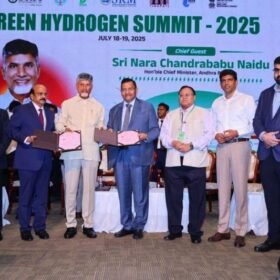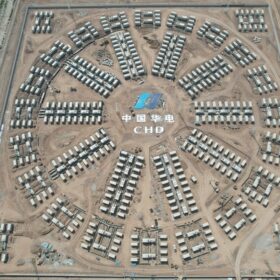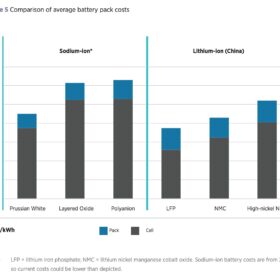JSW Energy secures 230 MW FDRE PPA with SECI
JSW Energy has also secured a 25-year power purchase agreement with Bangalore Electricity Supply Co. (BESCOM) for a 100 MW grid-connected solar project with a 100 MWh battery energy storage system.
Gujarat invites bids for 4 GWh battery storage projects
Gujarat Urja Vikas Nigam Ltd (GUVNL) has invited bids to set up 2 GW/4 GWh of standalone battery energy storage systems (BESS) across Gujarat, connected to the intra-state transmission system (In-STS), with a two-cycle daily charge/discharge operation.
The solar-plus-storage opportunity: How developers can lead India’s renewable transition
With solar plus battery storage systems emerging as the go-to solution for consistent, green, and economically viable power, the energy landscape is being reshaped. From industrial clusters to corporate campuses, the appetite for storage-backed solar installations is growing rapidly.
India’s auto industry can cut emissions by 87% through green electricity, low-carbon steel: CEEW
India’s automobile industry can cut its manufacturing emissions by up to 87% by 2050 with a shift to 100% renewable energy, green steel, and partnerships with suppliers to cut emissions, finds a new study by the Council on Energy, Environment and Water (CEEW).
Vena Energy signs India’s first load-following renewable power purchase agreement with SECI
Vena Energy has signed a load-following 100 MW renewable power purchase agreement (PPA) with the Solar Energy Corp. of India (SECI).
Exide Industries infuses INR 100 crore into lithium battery arm
Exide Industries Ltd has invested an additional INR 100 crore in its lithium-ion battery arm, Exide Energy Solutions Ltd (EESL), through equity subscription.
Wireless electric vehicle charging tests improve efficiency by 88%
Scientists in India have simulated and tested a prototype wireless charging system for electric vehicles, with a three-port DC–DC converter at its core and have found it achieved an improved efficiency of 88%.
JK Srivastava Group, Hynfra join forces to build $4 billion green hydrogen and ammonia hub in Andhra Pradesh
JK Srivastava Hynfra has signed a memorandum of understanding with NREDCAP to develop a green hydrogen and ammonia hub with a capacity to produce up to 1 million tons of green ammonia annually, powered by 3 GW of solar and wind energy. Operations are expected to begin in early 2029.
China switches on its largest standalone battery storage project
With a capacity of 2 GWh, the four-hour storage system is described as the largest lithium iron phosphate energy storage project in the country.
Amara Raja to commission lithium cell pilot facility by FY 2026-end
Amara Raja Energy & Mobility Ltd said its commercial pilot plant and advanced R&D centre for lithium-ion battery cells are set for commissioning by the end of the current financial year 2025–26.
